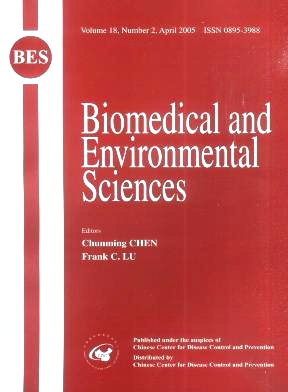Effects of Fenvalerate on Steroidogenesis in Cultured Rat Granulosa Cells
-
Key words:
- Endocrine disruptor /
- Pyrethroid /
- Steroidogenesis /
- Granulosa cell /
- Rat
Abstract: Objective This study was designed to examine the in vitro effects of fenvalerate on steroid production and steroidogenic enzymes mRNA expression level in rat granulosa cells. Methods Using primary cultured rat granulosa cells (rGCs) as model, fenvalerate of various concentrations (0, 1, 5, 25, 125, 625 μmol/L) was added to the medium for 24 h. In some cases, optimal concentrations of 22(R)-hydroxycholesterol (25 μmol/L), Follicle stimulating hormone (FSH, 2 mg/L), or 8-Bromo-cAMP (1 mmol/L) were provided. Concentrations of 17β-estradiol(E2) and progesterone (P4) in the medium from the same culture wells were measured by RIA and the steroidogenic enzyme mRNA level was quantified by semi-quantitative RT-PCR. Results Fenvalerate decreased both P4 and E2 production in a dose-dependent manner while it could significantly stimulate rGCs proliferation. This inhibition was stronger in the presence of FSH. Furthermore, it could not be reversed by 22(R)-hydroxycholesterol or 8-Bromo-cAMP. RT-PCR revealed that fenvalerate had no significant effect on 3β-HSD, but could increase the P450scc mRNA level. In addition, 17β-HSD mRNA level was dramatically reduced with the increase of fenvalerate dose after 24 h treatment. Conclusion Fenvalerate inhibits both P4 and E2 production in rGCs. These results support the view that fenvalerate is considered as a kind of endocrine-disrupting chemicals. The mechanism of its disruption may involve the effects on steroidogenesis signaling cascades and/or steroidogenic enzyme's activity.
| Citation: | JIAN-FENG CHEN, HAI-YAN CHEN, RU LIU, Jun HE, LIN Song, QIAN BIAN, LI-CHUN XU, JIAN-WEI ZHOU, HANG XIAO, GUI-DONG DAI, XIN-RU WANG. Effects of Fenvalerate on Steroidogenesis in Cultured Rat Granulosa Cells[J]. Biomedical and Environmental Sciences, 2005, 18(2): 108-116. |







 Quick Links
Quick Links
 DownLoad:
DownLoad: